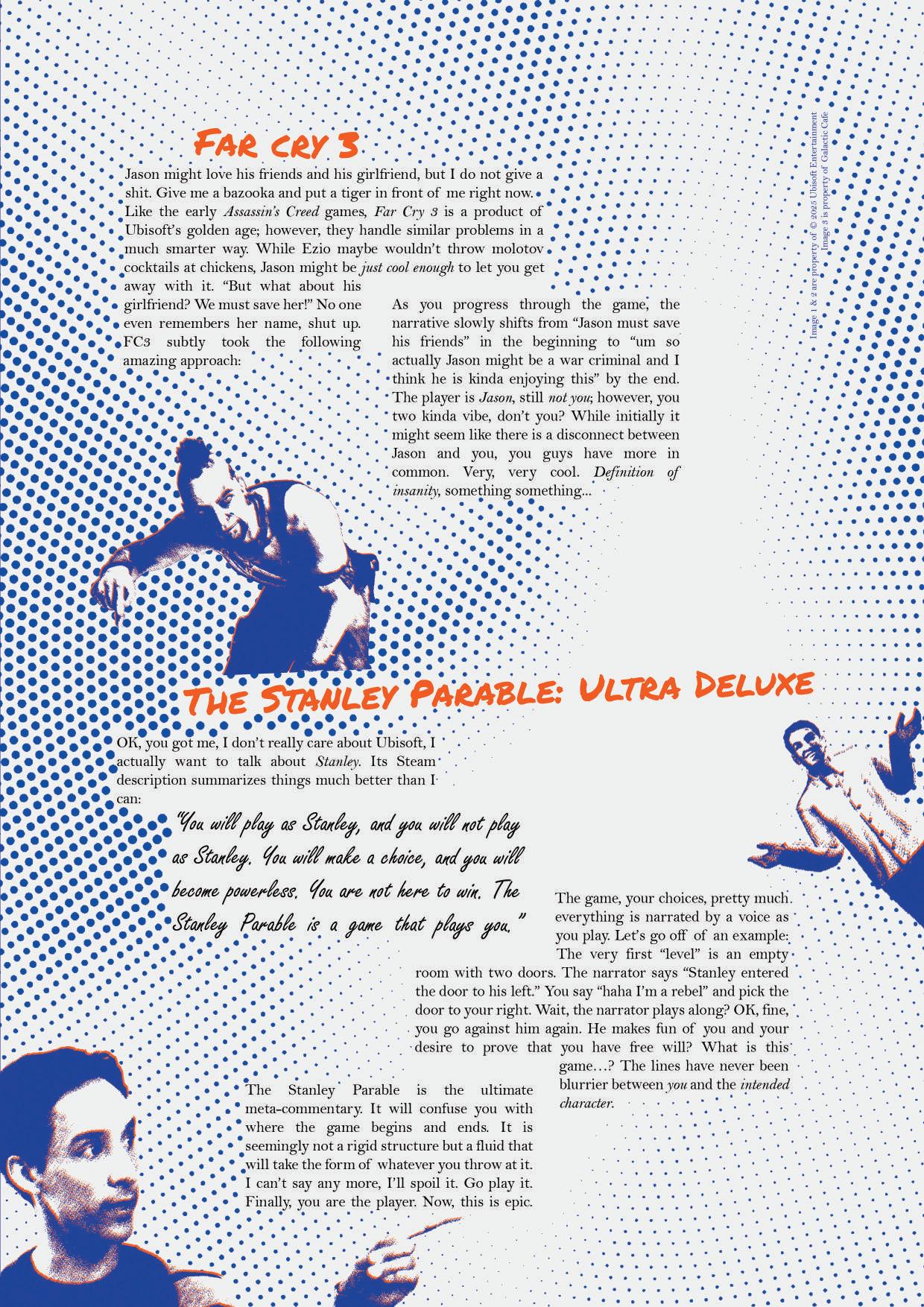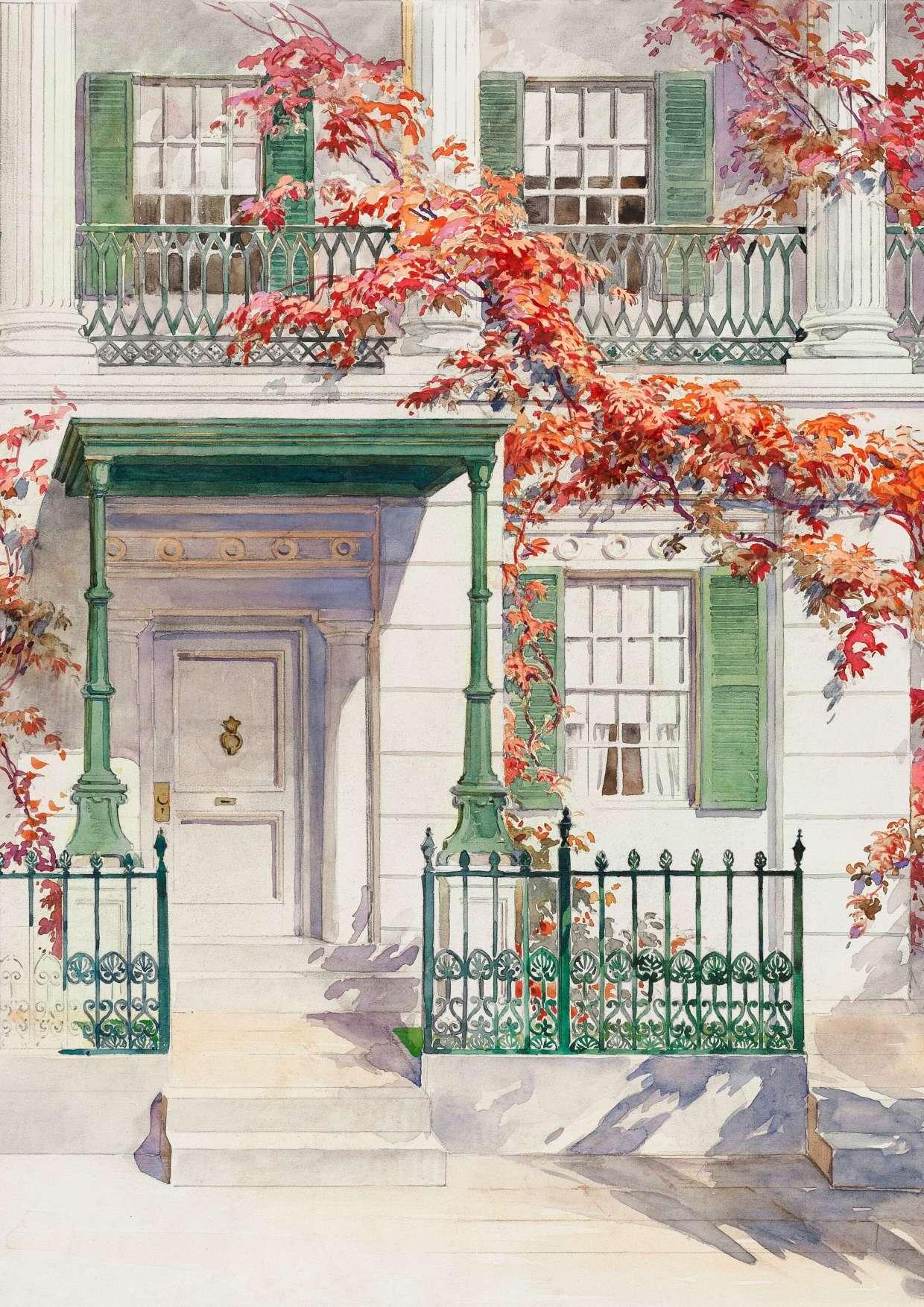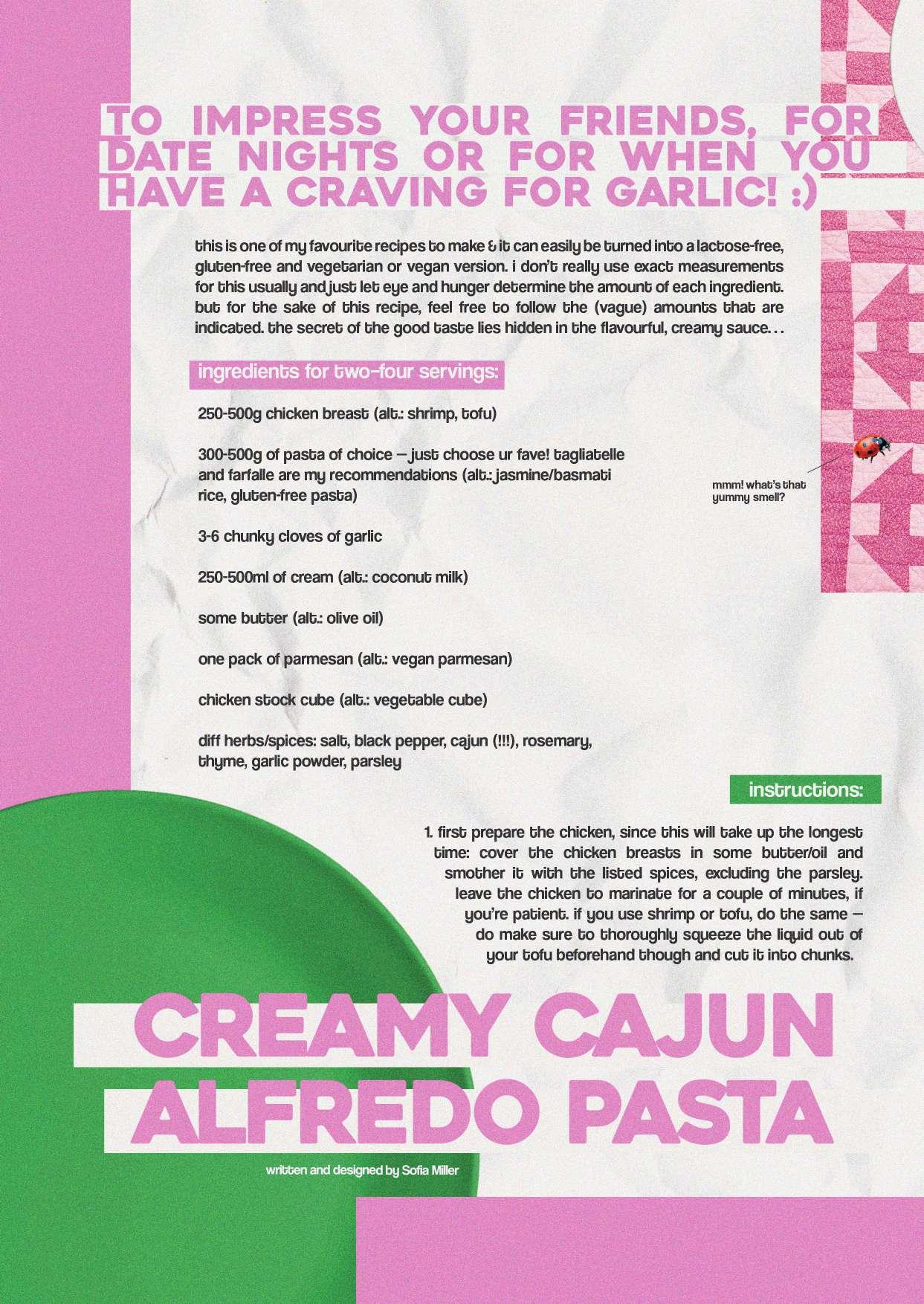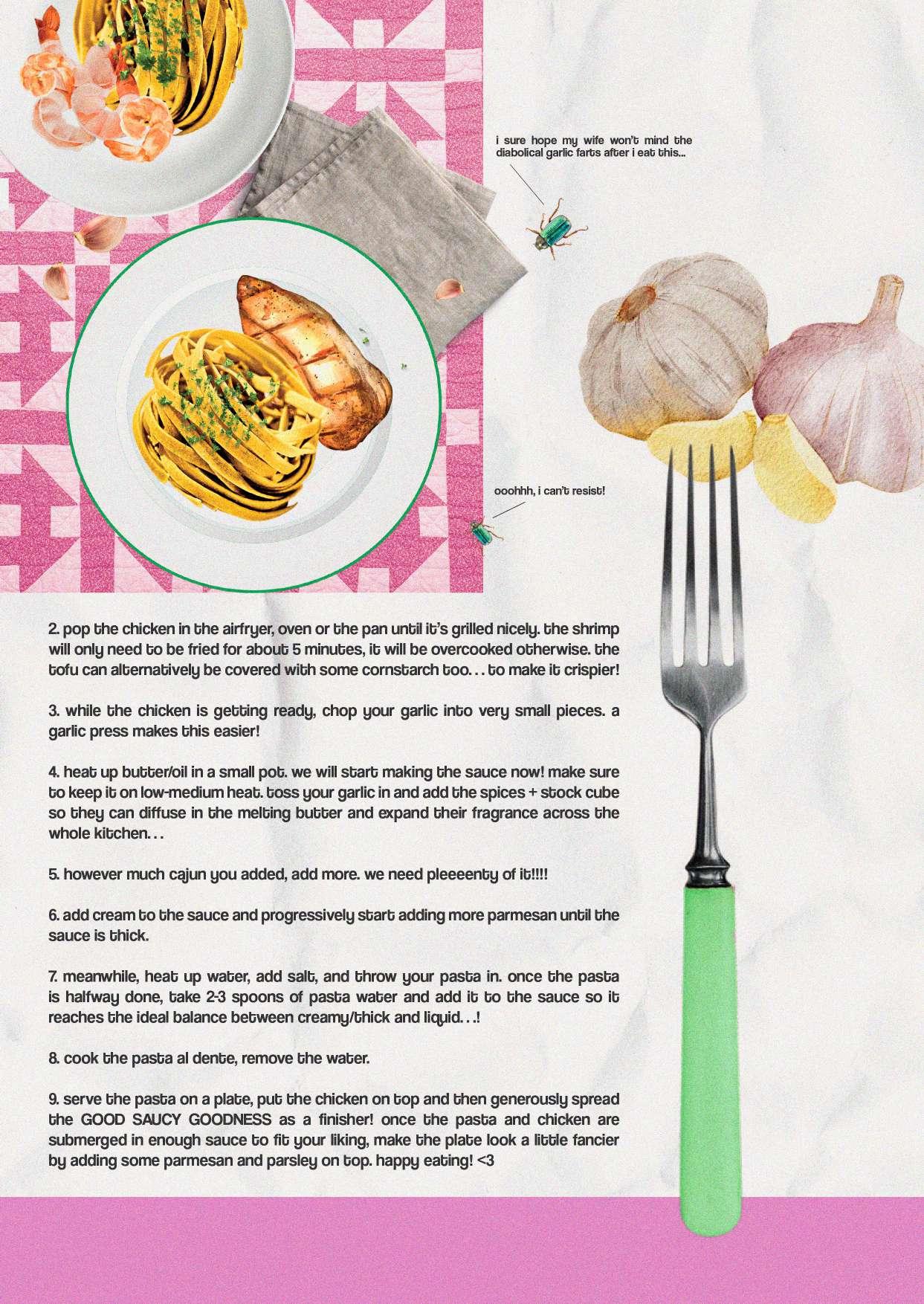











Among the subjects Jean-Pierre Beckius explored in his work, architectural ruins hold a special place. The artist seemed to be drawn in by the mystery of time—a mystery under the power of which even the most grand and enduring structures are eventually softened, reclaimed by nature and gradually transformed into poetic monuments to the impermanence of all things.
The exhibition features Beckius’ studies of Roman ruins, their gracious, classical forms rendered luminous in golden light. According to one of his close friends, Beckius “took more pleasure from the Colosseum in Rome in its presentday form of ruin than in its former marble-clad splendour, in which it would have pricked the eyes of the Romans before.” A reserved and introspective man, Beckius is said to have felt most at peace either in untouched natural settings or among ruins where nature had begun to “regain the upper hand over the cultural work of man.”
Perhaps even more revealing than his Roman studies is Beckius’ lifelong engagement with the Laerensmillen, an abandoned mill in eastern Luxembourg, near the Moselle river. Familiar to him since childhood, the Laerensmillen seems to have ignited an early fascination with decay and transformation. The haunting allure of the town’s derelict structures—a universal feature of childhood imagination— found its most enduring expression in Beckius’ work. Across countless sketches and paintings, he returned to the mill time and time again to capture its evolution across many seasons and years.
Laerensmillen with Reeds, Laerensmillen in Spring, Laerensmillen with Roses—all throughout the paintings we witness the artist’s meticulous attention to the site, striving to record its every possible mood. Snowladen rooftops, summer’s wild encroaching greenery—each image presents a fragment of the mill’s


changing character. As Beckius revisits the Laerensmillen year after year, season after season, he seems to merge with the place itself and become its spectral inhabitant, the very spirit that haunts it.
In his Laerensmillen’s Attic, the viewer is placed into the unusual perspective of a bird’s eye view from the mill’s exposed attic. Together with Beckius, we are gazing through the deteriorated wooden floor structure inside of the house’s “mind” space, trying to comprehend the building’s structural workings from within. The fresh, lively greenery seen through the window contrasts sharply with the coldness of the slightly rotten, worn-out building interior, but our gaze is nevertheless directed within the house. Could it be that, for Beckius, the Laerensmillen was not just a ruin but a metaphor for the human mind—a repository of memory, an ever-changing reflection of the self? Seen this way, the quest to comprehend the Laerensmillen becomes a quest of self-knowledge.

Another significant theme in Beckius’ work is the figure of his wife, Gabrielle. Evidently, the then fashionable subject of bustling social life generally failed to captivate artists’ imagination, and the wild and seductive scenes of Paris bistros and ballrooms left him cold. Gabrielle, however, was an exception. Though Beckius inhabited a world largely of his own making—introspective, quiet, and, at times, melancholic— it was far from a desolate, haunted place. Beside the artist stood she who was his spouse, his life partner, the mother of his children, and his muse: Gabrielle.
Angel Gabrielle portrays her standing contemplatively among the ruins of the Laerensmillen. The painting’s interplay of light and shadow imbues her figure with otherworldly qualities, giving her the wings of an angel.

Here, Beckius elevates his wife’s presence into something divine, eternalising his love much as Dante immortalised Beatrice. The ruins, a subject of eternal reflection in his art, become a sanctuary for this deeply personal tribute.
Gabrielle is dressed in a red coat in Angel Gabrielle—a motif that recurs in other portraits where she appears in a red cardigan or dress. Was red her favourite colour, or was it Beckius’ preferred way of painting her? Whatever the reason, this colour becomes a signature of her presence in his works. Her red silhouette—a guiding flame illuminating his path, a symbol of warmth and vitality—stands as a gentle, steadfast spirit companion, grounding the artist’s introspection in a sense of love and belonging.

L’Ange Gabrielle, undated








Review on Egger’s Nosferatu (2024) from the lover of the macabre
…Both having their use, like darkness and light, and the one incapable of being enjoyed without the other… So also there is sublimity in darkness which is not in light.
John Ruskin, The Nature of the Gothic (1853)
Being as native to the moan of the industrial machine as to an ancient curse cast on a grave, the genre of the Gothic in arts and literature rose to translate the anxieties humans faced in a rapidly changing world – the world that, by the 19th century, got irreversibly altered by industrialisation, urbanisation and scientific progress. Upon exposing oneself to various examples of said genre, some may argue that there exists a simple, easily replicable recipe for a gothic tale. Canonically, the ingredients therein would include: a desolate ruin of a castle; a young romantic hero; a fair and innocent maiden whom he loves with all the purity and intensity of his heart; sometimes, a bitter sceptic, sometimes, a mad scientist; —always, the Evil.
From monstrous abomination to grotesque caricature—and more often than not to sweet and violent seduction—the Evil may take on many forms. Throughout centuries of human art, one figure endures as the perfect vessel for this projection, evolving and adapting to the changing world: the Vampyre.
The tales of undead creatures feeding on human blood are as old as civilisation itself, though imaginaries more recent and more local to us take their roots in the folklore of eastern Europe. The original vampires were often grotesque and terrifying creatures, typically associated with plague, death, and decay, reflecting communal fears of disease and unexplainable natural disasters.

It is to the 1819’s short story by John Polidori “The Vampyre” that we owe the vampires’ ascend to higher social classes, where they, for the first time, entered the brilliantly lit ballrooms filled with the most noble societies. An aristocratic vampire using his charm for sexual and criminal corruption can be seen, quintessentially, as a 19th-century invention. This shift was no accident: Polidori, as Lord Byron’s private physician, bore witness to the poet’s scandalous escapades. The Vampyre became a metaphor for the libertine nobleman, which demonised the decadence of the upper classes and the ruin they inflicted on the innocent.
A century of vampire stories followed, culminating in Bram Stoker’s novel Dracula (1897). The vampire then found new life in cinema, with F.W. Murnau’s Nosferatu (1922), Werner Herzog’s reimagining in 1979, and Francis Coppola’s camp reinvention of 1992. These adaptations kept the Gothic alive, each adding its own personality to the mythos. Today, the Wikipedia page titled “Dracula movies” features 117 entries, altogether constituting an impressive legacy. This made me want to examine the most recent adaptation by R. Eggers not in isolation, but in dialogue with its most prominent predecessors.
Eggers’ adaptation of Nosferatu remains a largely straightforward retelling of Herzog’s Nosferatu the Vampyre, which itself deviated from Bram Stoker’s Dracula only in location and the addition of the plague. As the themes of these earlier works were explored with depth and nuance in the 20th century, it makes us wonder: what new insights does Eggers bring to this enduring legend?
The film’s distinguishing feature lies in its reinterpretation of certain elements, yet these often feel questionable. For instance, Ellen—a reimagined version of Stoker’s Mina Harker—is given a traumatic backstory involving Count Orlok. This revision frames her as a victim of childhood sexual abuse, a trauma that supposedly “marks” her. After she marries, Orlok returns to manipulate her into submission—a process she secretly desired, as unsettlingly suggested by the film. While this dynamic is presented as “empowering,” it undermines Ellen’s autonomy.
This interpretation of Ellen contrasts sharply with previous adaptations. In Stoker’s novel, Mina Harker survives her ordeal, fighting alongside her husband and friends. Herzog’s Lucy, though alone in her sacrifice, acted of her own will, choosing to give herself to a tormented, almost sympathetic Nosferatu. Eggers’ Ellen, by contrast, is stripped of agency and bullied into yielding, depicted as both a victim and a complicit participant in her own undoing.
Aesthetically, the climactic final scene of lovemaking between Ellen and her predator offers a certain morbid allure. However, it invites further scrutiny: what does the violent death of a beautiful, innocent – and, in the act, unnecessarily sexualised – female protagonist represent?
By the 19th century, this trope had become a staple in literary novels and printed periodicals, to the point where we could call it a bad taste. Female sacrifice is a hallmark of narratives shaped by patriarchal values, where women’s suffering is leveraged as a means of upholding the status quo. Eggers leans heavily into this trope, amplifying it with explicit male-gaze-driven visuals and gore. By doing so, he regresses the genre, abandoning the Gothic’s signature subtlety in favour of vulgarity. The tasteful exploration of sexuality in earlier adaptations gives way to gratuitous female nudity and violence.
A significant weakness in Eggers’ Nosferatu lies in its characterisation. The Gothic thrives on psychological complexity, where heroes harbour darkness, and monsters evoke sympathy. Yet in this adaptation, most of the characters lack the sophistication that gives the Gothic its emotional depth. Count Orlok is diminished to just an appetite, a primitive and one-dimensional predator. By removing the existential anxieties of an eternal creature, Eggers strips Orlok of the tortured humanity that made Herzog’s Nosferatu so compelling.
Similarly, the other characters often feel trapped within their archetypes. The romantic hero, the innocent maiden, the sceptic—these staples of the Gothic, which I mentioned earlier in the review, are hardly extended, nuanced, or complicated by the conflicts they face. It is not enough, I say, to merely assemble Gothic archetypes as if following a recipe. For the alchemy to work, the soul of the tale must also be Gothic, and such a soul navigates the waters of light and darkness simultaneously, both literally and metaphorically, recognising the necessity and sublimity of both. The Gothic holds space for the extremes of human experience—beauty and terror, nobility and cruelty—without flattening or simplifying them. The lack of Nosferatu’s complexity barrens the emotional landscape of the film, leaving little room for the audience to engage with the characters on a deeper level.


What is curious is that Eggers’ Nosferatu attempts to explore the Jungian concept of the shadow—the repressed parts of the psyche—as embodied by Count Orlok. The director suggests that Nosferatu represents Ellen’s buried traumas tied to childhood abuse. “He is my shame!”— she confesses; her seizures, hypersexuality, and simultaneous attraction and repulsion toward the Count are all part of this phenomenon. Ellen’s marriage seems to distract her from her past, but when she is left alone, her memories resurface, and her final, carnal embrace with Nosferatu can be read as an attempt to integrate her shadow. Willem Dafoe’s character, Doctor von Franz, himself a nod to Jungian psychology, asserts: “To tame darkness, we must first face it”.
However, this ambitious thematic exploration stumbles under the weight of its execution. While the film positions Ellen’s trauma as an origin for her connection to Orlok—seen in her descriptions of childhood visits, feelings of shame, and passions oscillating between attraction and repulsion—it struggles to balance these psychological elements with the sprawling Dracula lore. Those are fascinating themes that demand depth for examination, and the film’s cluttered narrative is too stuffy to provide it.
This aspect of Nosferatu made me recall some great original films that have previously addressed the shadow’s connection to trauma and repressed feminine sexuality with greater focus and sophistication (e.g., Possession (1986), Fire Walk With Me (1992), Antichrist (2009)). By overloading the narrative with visual and verbal references, Eggers misses the opportunity to present a more thoughtful take on the horrors of repression. The concept of shadow gets lost amid the noise of a film trying to do too much. The question remains: did the world really need another Dracula remake to explore these ideas?
When you strip Nosferatu of its homages to previous Dracula adaptations, what remains is a sequence of jumpscares, blood splashes, and gory sex scenes. The poetic dimension of the genre—the sublime dialogue between light and shadow, the aching tension between fear and desire—is lost. Eggers has shown in past works (e.g., The Lighthouse (2019)) that he can create atmospheric narratives while being masterfully minimalist. Yet here, his attempt to advance Nosferatu is weighed down by excessive stylisation, dull exploitation of female nudity and gaudy reliance on shock value. While the film undoubtedly contributes to the vampire mythos and is rich with historical fidelity and beautiful cinematography, it fails to develop the Gothic tradition meaningfully.
I opened this essay with Ruskin’s quote from his Nature of Gothic: “both having their use, darkness and light, the one incapable of being enjoyed without the other”. That is what Eggers’ Nosferatu lacks: that faint but essential flicker of light that allows us to discern and explore the darkness. Without it, the shadows lose their meaning and become flat, impenetrable phantoms.
by Kristina Shatokhina

“Where should I go? It is a ridiculous job for someone as poor and sick as me, and I even have to climb to the last floor to see the client… ahhh my poor legs, poor and sick me,” thought Jill.
The client’s apartment was in a good neighbourhood of a beautiful city—a city where life blooms in the mornings and music fills the air in orange-lit pubs in the evenings.
"May I come in?" asked Jill.
"Yes, yes, of course, I’ve been waiting for you," replied a beautiful lady.
"It’s so dark in your apartment," Jill remarked. "May I open the curtains?"
"Oh, dear, I’m allergic to sunlight. Just open the one furthest away," replied the beautiful lady.
"Oh, I understand you completely," replied Jill, "I’m rather exhausted by the darkness."
And Jill began cleaning. The apartment wasn’t dirty, but it was filled with paintings, books, and souvenirs from various countries. "Excuse me, madam. You must travel a lot?"
"Oh, I've been spending my time in sanatoriums. But this year, I decided to stop. Travelling exhausts me—it gives me such terrible headaches that I lose my hair and I constantly feel either too hot or too cold."



"Oh, that’s nothing," replied Jill with interest. "I’m worse off—I feel hot and cold at the same time, just because I don’t travel at all. I’ve been working without a single day off."
"Oh," the beautiful lady replied, "when I was not as sick, I worked without a single day off, even if my eyes ached terribly."
"You have so many paintings. I wish I had paintings too, I'd hang them in my shabby, cold, and ugly apartment, to cherish poor and sick me," sighed Jill.
"Oh, darling, it's all just a cover. I'm too miserable and even more mentally ill. They were all gifts from my late husband. You know, I’m a threetimes widow. My latest husband passed away so quietly for everyone else, but it was so noticeable for me—it felt like I had wept three oceans dry."
Jill dusted off the books. “Good books!” she called out from the library, hoping the beautiful lady in the other room would hear her.
"Oh, that book you picked up, Jack London. A wonderful author. I read him when I broke my leg."
“So you like reading?” Jill asked.
"Oh, no, I can’t anymore. I’ve gone nearly blind because of the noisy city,"replied the lady.

"I understand you completely. But for me, it’s just exhaustion, and when I read, I hear voices in my head. The doctors say it’s normal, but they tire me out," Jill lamented.
"The doctors?" The beautiful lady inquired.
"No, the voices in my head when I read. They distract me," Jill sighed sorrowfully.
"Oh, that’s a serious case," said the beautiful lady.
The cleaning ended before it had even begun. The sickest and unluckiest women discussed their illnesses, measuring and savouring every sigh, lamenting their lives.
When the door finally closed, “Hypochondriac,” muttered the beautiful lady.
“Delusional,” thought Jill.
"Good thing I’m not like her," both thought to themselves and went on with their illnesses.
written by Margaryta Aleksandrova designed by Kristina Shatokhina







